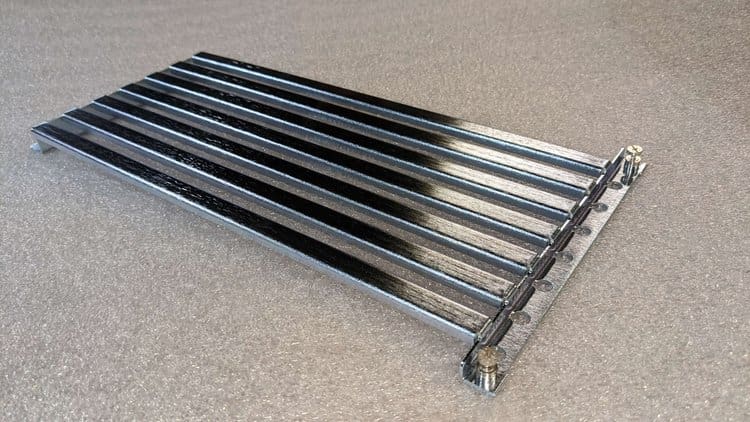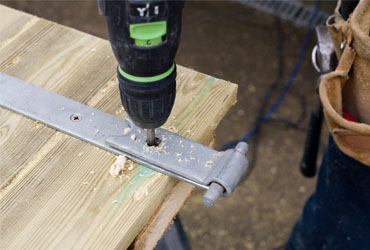The Versatile Hammer Drill: A Must-Have for Tough Drilling Jobs
When it comes to drilling into hard materials like concrete, stone, and brick, a hammer drill is your best friend. Unlike standard drills, hammer drills combine rotation with a hammering action, making them perfect for heavy-duty applications. Whether you’re a DIY enthusiast or a professional contractor, understanding how to use a hammer drill effectively can significantly enhance your project outcomes.

What are the main applications of a hammer drill?
Hammer drills are specifically designed for drilling into tough surfaces like concrete and masonry. The hammering action assists in breaking up the material while the bit rotates, resulting in quicker and more efficient drilling. This tool is essential for tasks like installing anchors, drilling rebar holes, or mounting fixtures on concrete walls. It’s also crucial for precision drilling in projects involving retaining wall geotextile installation.
How does a hammer drill differ from a regular drill?
The primary difference between a hammer drill and a regular drill is the hammering mechanism. While a regular drill only rotates the bit, a hammer drill adds a percussive hammering motion that makes it much more effective at penetrating hard materials. Many hammer drills also have a switch that allows you to disable the hammering action, enabling the tool to function as a standard drill when necessary.
Is a hammer drill suitable for woodworking?
Although hammer drills are primarily designed for hard materials, they can be used for woodworking by disabling the hammer function. However, using a hammer drill on wood is generally not recommended unless necessary, as the tool’s power can be too intense for softer materials. If your project involves both wood and masonry, such as building a retaining wall with geotextile fabric, a hammer drill with a switchable function can be highly beneficial.
What safety tips should be followed when using a hammer drill?
Safety is critical when using a hammer drill due to its power and potential risks. Always wear protective goggles to shield your eyes from flying debris, and use ear protection due to the loud noise. Ensure your workpiece is securely clamped to prevent movement during drilling. Hold the drill with both hands to maintain control, and make sure you’re using the correct bit for the material. If your project involves drilling near retaining walls with geotextile, take care not to damage the fabric or the structure.
To sum up, a hammer drill is an essential tool for anyone working with tough materials like concrete and stone. Its dual-action mechanism, combining rotation with hammering, makes it ideal for heavy-duty tasks. Whether you’re working on masonry for a retaining wall project involving geotextile fabric or handling other challenging jobs, mastering the use of a hammer drill will ensure professional-quality results.




